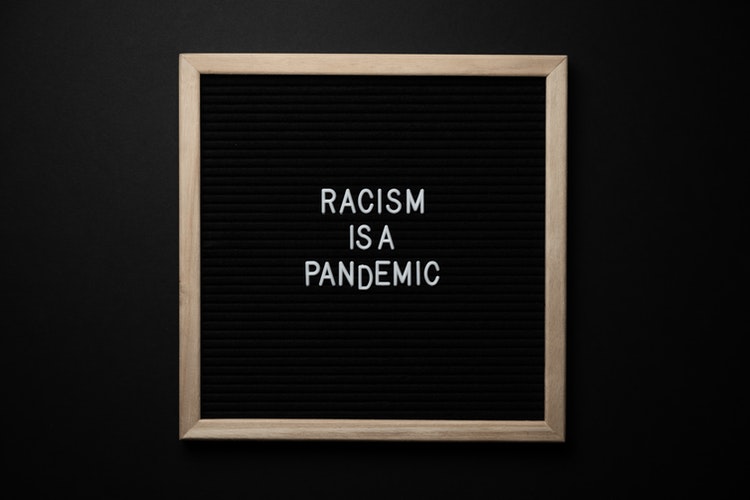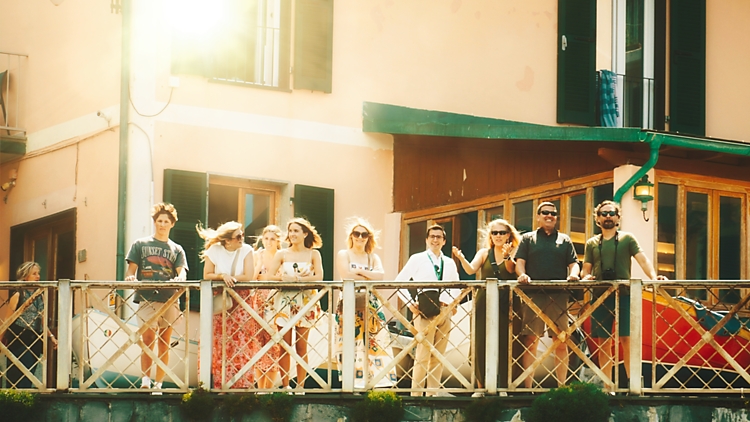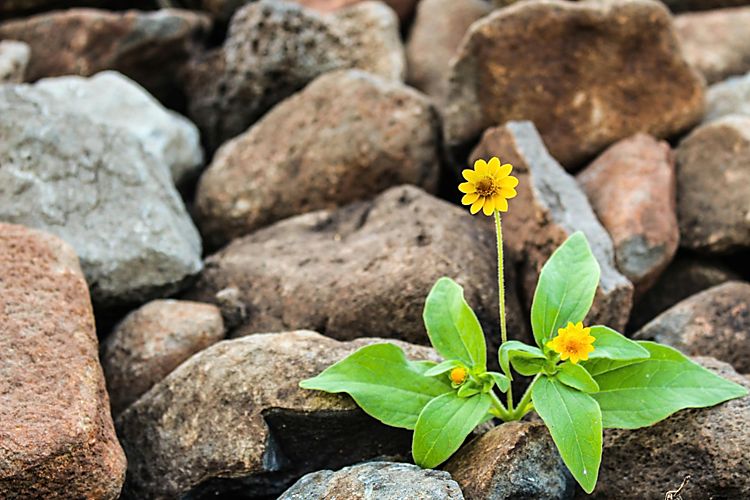Failing, Learning & Growing
RAFT Team, January 25, 2021
To Support ALL Advocates
FAIL(ING)
At RAFT, we are Failing Learning & Growing all the time! It is a value statement we vulnerably embrace as we learn to support our team and the advocates we serve. Perhaps you did a lot of failing, learning, and growing in 2020, too. Or, perhaps, you just flat-out failed. That’s totally okay. We all felt a little inadequate as we traversed new and troubled waters last year.
For us, the public instances of racial violence in 2020 were particularly troubling. But they forced our team to talk about where we might be struggling to better support BIPOC advocates in a field where racism and violence overlap.
True to our mission and values, we endeavored to support Black, Indigenous, and People of Color (BIPOC) advocates. It is our commitment to ensure that our mission is indeed racially and equitably inclusive (REI) of BIPOC advocates.
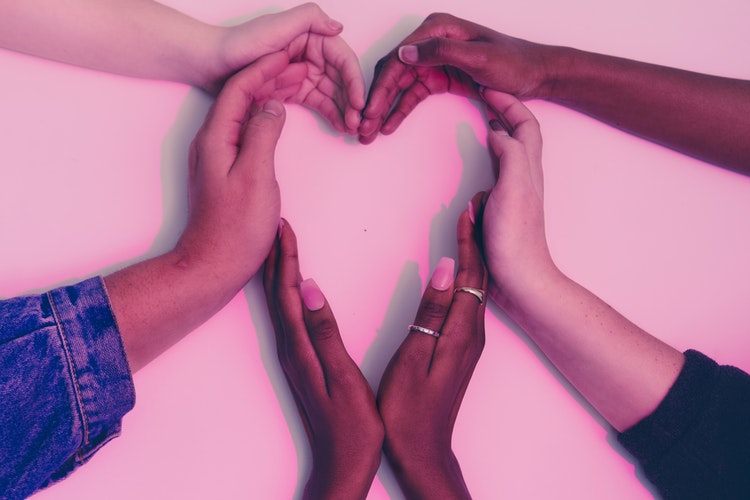
Our Approach
Our approach was simple: Intentionally converse and listen to BIPOC advocates about the impact of racism on their lives and work, learn how to best support them, and offer our available resources to them.
Read on to learn about the common themes on Failing, Learning & Growing and examples that came out of these conversations. We hope they are as insightful to you and have potential impacts on your work as they do for us.
LEARN(ING)
Key Learnings & Themes from Conversations with BIPOC Advocates
Overall, we were reminded that the lack of support for BIPOC advocates is deeper than a lack of personal self-care. It is exacerbated by racism at the institutional level. There, the effects of inequitable organizational structures, policies, practices, and inadequate resources trickle down and affect the self-care of BIPOC advocates on an individual and communal level. It is also worth mentioning that half of the advocates we spoke to mentioned sexism (ex. being Black and female) as a barrier to accessing adequate support and gaining respect as leaders in their communities.
The following are common hindrances to support and self-care that were highlighted in our conversations.
Lack of financial support and access for BIPOC Advocates and Survivors
- An advocate-leader is currently getting less than 10% of her requested loan amount from a bank her organization has been with for over 20 years. She was given this amount after they saw her in person.
- An advocate is having to piece-meal funding streams together for her new nonprofit and is keenly aware that her powerful network from a former career has helped her to do that significantly, and not the simple fact that she reflects, knows, and lives among the survivors she serves.
- An advocate spoke about the devastation of a community after a culturally-specific, non-mainstream SV/DV organization shut down due to a lack of funding. This left their BIPOC community without an SV/DV organization that reflected them and their needs.
Lack of comprehensive training for BIPOC advocates to succeed and a lack of adequate SV/DV awareness in BIPOC communities to prevent violence.
- An advocate knows of survivors that have become informal advocates in her community. They do a great job of listening to and supporting other survivors but lack fundamental training (and compensation).
- An advocate-leader, due to limited funds, hired an advocate that lacks formal education in the field but is passionate about the work. At the time of this conversation, she did not have adequate means nor time to properly train the advocate.
- One advocate spoke about internalized racism and trauma as a barrier to financial and community support for SV/DV prevention among Black communities. She mentioned how Black communities still fear associating with SV/DV due to social stigma and a harmful culture of secrecy.
Relationships with and within “mainstream” SV/DV orgs are tense and isolating.
- A few advocates mentioned that there is a lack of culturally-specific programs within mainstream organizations and that existing BIPOC organizations don’t have the consistent means to support the influx of BIPOC survivors who prefer them over mainstream organizations and programs.
- One advocate-leader is the only BIPOC director of a mainstream rape crisis center in her state and intentionally seeks out and organizes BIPOC advocates in her region for support.
- Another advocate pointed out that there is a lengthy history of mainstream organizations not inviting BIPOC advocates to the table when the movement to prevent SV/DV took off years ago. Deep-seated resentment remains to this day as BIPOC continue to be impacted by SV/DV violence disproportionately.
Highlighting Work to End Racism and Violence
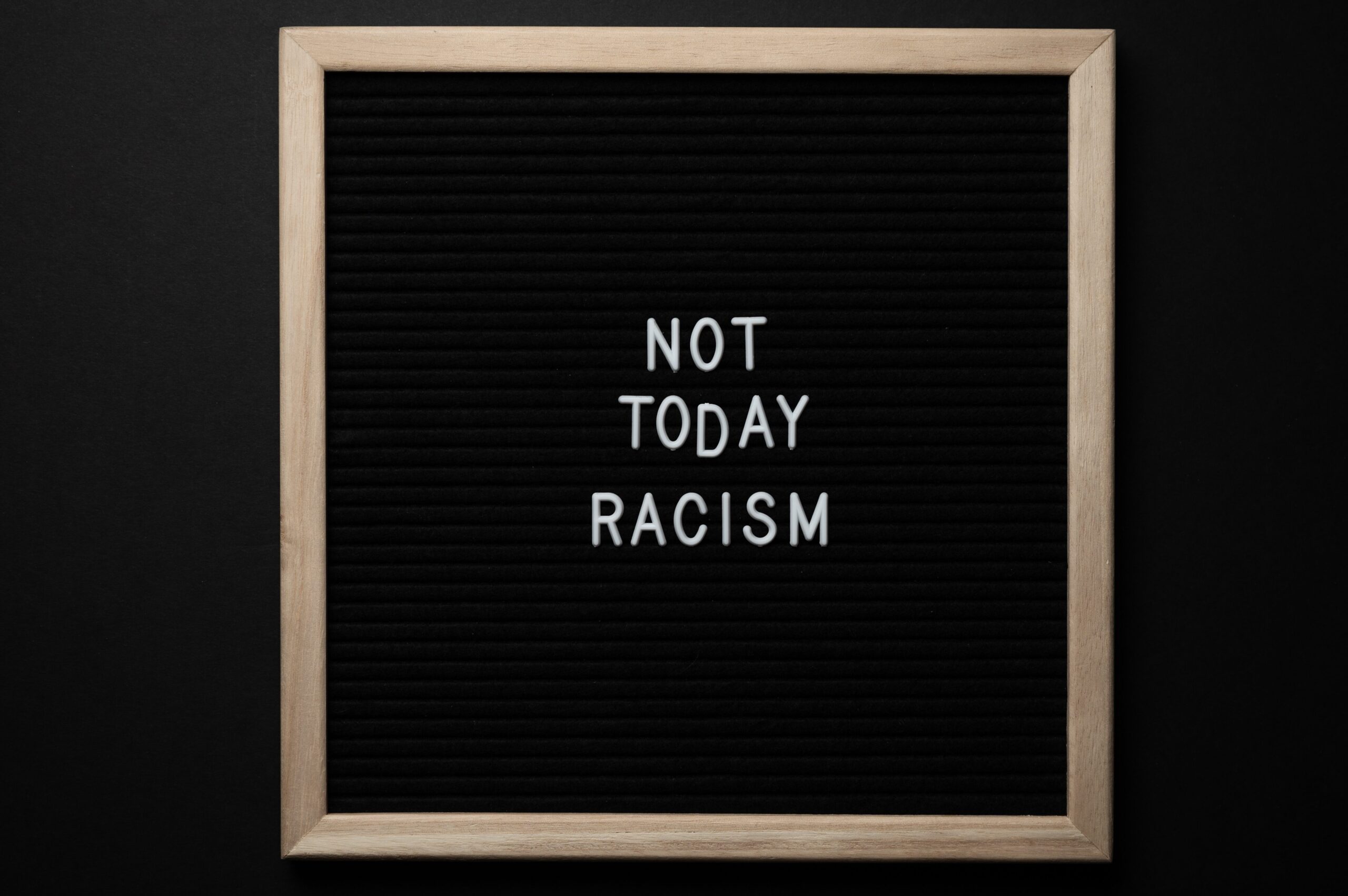
If you are like us, you may be upset by these themes. Perhaps you are thinking, “I can’t believe these same issues of racism from years ago are still here today” These are valid feelings to have, and there is hope. Each advocate we spoke with also shared actions they are taking to bring BIPOC communities together and to address the root causes of racial inequity in SV/DV prevention. Here are some highlights:
- One advocate has led and will continue to lead BIPOC caucuses where advocates and leaders connect over their collective frustrations and find common ground in actions to address them.
- An advocate is on a mission to identify, train and connect BIPOC-led and serving organizations that don’t have the same support and attention as mainstream organizations in her region.
- Another advocate is a social media influencer who brings awareness to the plight of SV/DV in her community and is expanding her reach through online and televised platforms.
- An advocate began a social justice collaborative prior to it becoming a legal SV/DV agency to tackle SV/DV from all root areas (criminal justice, housing, etc).
GROW(ING)
What’s Next for RAFT
There are many learnings from both the process and outcome of this work that deepened our commitment to prioritizing the support of BIPOC advocates. For one, we will continue to expand the pool of voices we listen to and support. Though Black communities undeniably face great obstacles in SV/DV prevention, we were not able to converse extensively with organizations and advocates who are Indigenous, Asian heritage (Southeast Asian in particular), and Latina. To engage more deeply with a diversity of BIPOC communities in SV/DV, some RAFT steps include:
- Building and tracking an intentional network of BIPOC-specific organizations and cultivating strategies to support them short and long-term.
- Evaluating our outreach processes to determine outreach priorities and outreach systems that do not inadvertently make RAFT accessible to mainstream organizations only.
- Extending RAFT leadership programming to current BIPOC leaders and those desiring to become leaders in SV/DV prevention.
- Expanding outreach and programming efforts to include intentional conversations about the intersections between personal and organizational self-care and systems of oppression.
- Expanding the conversations to include other and intersecting marginalized groups. This includes advocates who are differently-abled, rural, etc., or work with survivors in these groups.
If you are a BIPOC advocate and/or identify with a historically marginalized group, please reach out to us. We invite you to share your experience and, more importantly, to gain access to the breadth of workshops, support groups, and resources we avail to advocates.
We are always Failing, Learning & Growing. To learn more about RAFT or to engage with us more deeply, please visit us at www.raftcares.org or contact us at info@raftcares.org.



